Exactly 30 years ago this month, Hurricane Andrew rocked the southeast, Carl Lewis and Oscar De La Hoya were earning Olympic gold medals in Barcelona and the movie Unforgiven made its debut… But, arguably more importantly, a new issue Snow Goer was hitting the shelves, features details on the 1993 snowmobiles!
Below are the words, pulled from the August 1992 issue of Snow Goer, introducing the 1993 Polaris lineup. Highlights for Polaris that year include the introduction of the Indy Storm and expansion of the XLT lineup. Enjoy.

1993 Rode Reports
Polaris: New Standards In Performance
The past few years Polaris has made a habit of bringing us one all-new sled for a given model year, while at the same time making incremental changes to the entire line. It’s a philosophy that results in a very refined snowmobile, while still keeping hungry sledders satisfied with the new introduction. And it’s worked just fine for the Roseau, Minnesota, sled builder.
So, it’s no surprise that they followed this same philosophy for the ’93 season, except that they’re offering us two totally new sleds, and some major revisions on the rest of the line.
The biggest news, literally, is the new Indy Storm and Storm SKS. Built around a 744cc three-cylinder, case-reed inducted engine, the Storm is Polaris’ raging beast. The motor is entirely new, and Fuji-built. Three Mikuni VM38s handle the feeding chore, and three tuned exhaust pipes with a single “dump” cannister make it breathe. The motor itself is mounted a full two inches lower in the chassis than previous motors in the same chassis, effectively lowering the center of gravity by a significant proportion.
While the chassis on the Storm is standard Polaris issue, the boys from Roseau have made sweeping refinements in all areas of its assemblies. Most noticeable is the new ITS (Improved Transfer Rear Suspension). First introduced on the pilot-build Indy XLT last season, the ITS is positioned two inches further forward than the Dial-Adjust rear, thus allowing a much quicker weight distribution. The ITS doesn’t have the progressive linkages of previous years and the wheels have been moved to the inside of the rails. Polaris now has six inches of travel.
Up front, the IFS suspension delivers 6.25″ of travel, with adjustable-preload shocks. Ski stance is 38″, and the skis are curled-edge models (for added strength) with carbide runners.
The Storm will also receive the new topmounted, one-piece liquid cooled brake (as will the ’93 XL and XCRR). And, along with all other models with hydraulic disc, the lever itself has been changed with greater distance between itself and the handlebar. The chaincase cover on the Storm, and all Indy models, is a new ribbed design that is more rigid and durable. The seat on the Storm is a one-piece design that incorporates the fuel tank base. Also on all ’93 models, the plastic fuel lines have been replaced by rubber units, effectively reducing kinking. Radius rod thickness has been increased and the rod ends have been made stronger, along with grease zerks added to the ski spindle where the ski pivots.
Additionally, the heat exchangers (on all Indy 500s and larger) are of larger capacity with flared fittings, and a 13-plate chain is used for increased drivetrain durability. A chaincase dipstick with a magnetic end is also used (on most Indy models) for easy sight reference and to pick up metal shavings.

While the Indy XLT (Xtra Lite Triple) isn’t new in ’93 (there was a small pilot build last Winter), this will be the first year the three different XLT models will be available in full production. The big news with the XLT, XLT SKS (133″ longtrack version) and the XLT Special is the motor. The 579cc liquid three-cylinder Fuji is a real giant-killer. The cylinders are a single-casting, as is the cylinder bead, to reduce width and weight of the entire motor. In fact, Polaris claims the XLT engine is lighter than the 488 twin!
The new triple has three Mikuni VM34 carburetors, and a newly-designed 3-into-1 exhaust manifold empties into a single expansion chamber. As with most of the Indy models, the XLTs come with the new ITS rear suspension. The XLT Special features Fox gas shocks on both the front and rear suspension (with a revalved rear shock from last year’s pilot-build), while standard shocks are used on the standard XLT and XLT SKS . Choice is the key here, as the XL T Special is built for the more aggressive rider, the XLT SKS for deepsnow conditions and the standard XLT for, well, standard conditions.
The Special and standard XLT will both feature a 38″ ski stance, while the SKS will be a narrower 36.5″. Like all of the ’93 models, the XLTs will receive a new plated brake disc that fights against corrosion, and the P-85 primary clutch will now have a chrome-plated shaft. Additionally, the plastic seat base will have added “ribs” to reduce warpage, and the parking brake has been changed to include only two serrations and an indicator light. A new style seat that’s 1.375″ thicker and reshaped for more support has also been added, as it has on the Indy Sport, Classic, RXL and Storm. And, as on all Indy models for next season, the XL Ts will have improved suspension wheels with more durable bearings and lubrication, and a dual set-screw has been added to the jackshaft bearing mount for longer life.
Four track drivers on the XLT, RXL and Storm minimize the potential for track ratcheting, while also improving power transfer to the track.
The Indy 500 EFI and EFI SKS will see a move to the ITS rear suspension and a topmounted hydraulic disc brake, in addition to the specific changes mentioned above. The Classic and Classic Touring are the Polaris luxury sleds for ’93, the Classic a singlerider version, and the Classic Touring a longtrack (133.5″), two-up version. Both models will see the new ITS rear suspension in addition to keeping the 488cc liquid twin.

The trail-eating Indy XCR will see the addition of a totally new, adjustable torsion bar for ’93. The adjustable bar uses heimjoints for adjustability. The aluminum torsion bar is housed in a 4130 chrome-moly housing and is stiffer than the traditional Polaris sway bar while also providing a more direct transfer. The result is greater adjustability for different types of racing and more positive cornering in all conditions. The XCR will also receive the new top-mounted, liquid-cooled brake with heat-dispersion paddles, but will retain the SP-style rear suspension. All four Fox gas shocks on the XCR have been revalved for improved performance as well.
The standard Indy 440 will have a longtracked brother in ’93, called the Indy 440 SKS. In addition to the changes mentioned previously, both Indy 440s will have the topmounted brake and ITS rear suspension. A 38″ ski-stance will come standard on the Indy Trail, and the Indy Trail deluxe will feature the 440 fan-cooled twin for power instead of the 488cc twin. The Indy Sport 440 will now have a larger 11.9 gallon fuel tank, a standardequipped front bumper, handwarmers and top-mounted brake.
The big news for the Indy Lites and Starlites is the change from direct-drive to chaincase for ’93. Going with the conventional chaincase design has improved the performance of the Lites significantly, both in terms of acceleration and top speed. The Indy Lites and StarLites will see a 121″ block track this season, with an upgrade to the Sport-style long travel suspension. Water traps in the carburetors on all the Lite and StarLite models minimizes the potential for water entering the carbs.
Yet another new model for Polaris this year is the Indy StarLite GT, an entry-level work and play sled which features a 15- by 133-inch track, coupled with the 244cc fan-cooled single. The GT will also feature a two-passenger seat with cargo rack, as does the Indy Lite GT.

Editor’s Note: Every Snow Goer issue includes in-depth sled reports and comparisons, aftermarket gear and accessories reviews, riding destination articles, do-it-yourself repair information, snowmobile technology and more. Subscribe to Snow Goer now to receive print and/or digital issues.

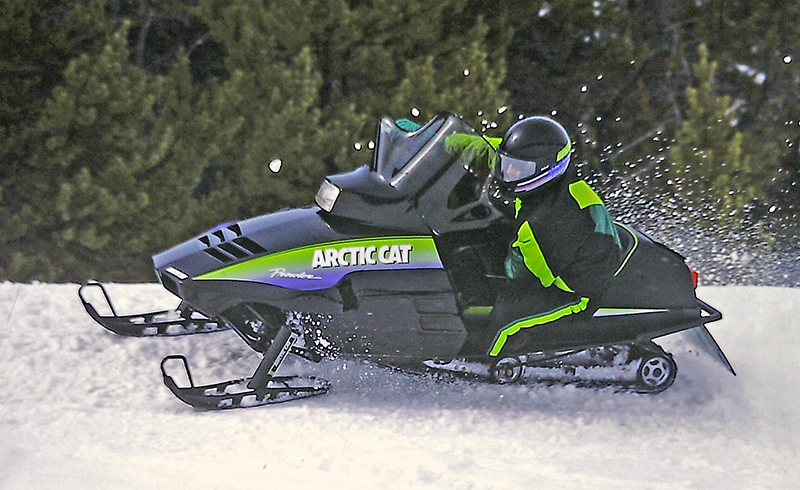
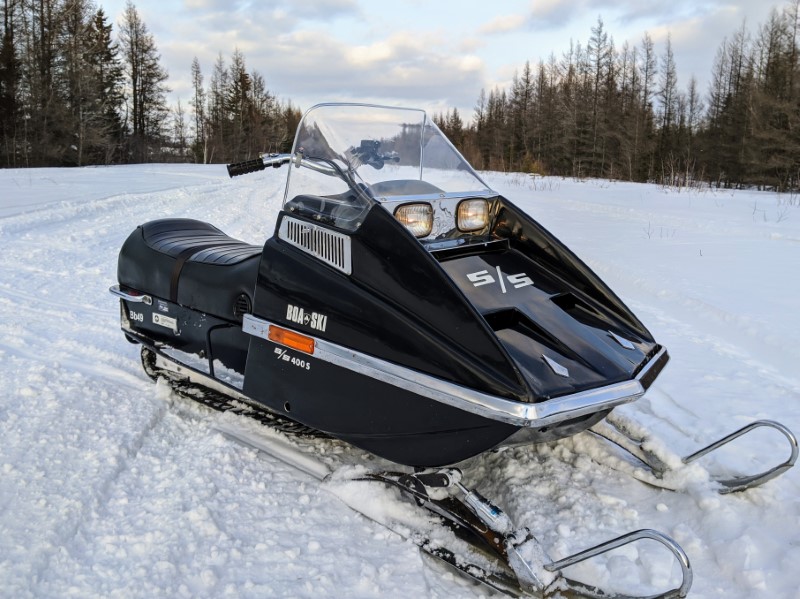
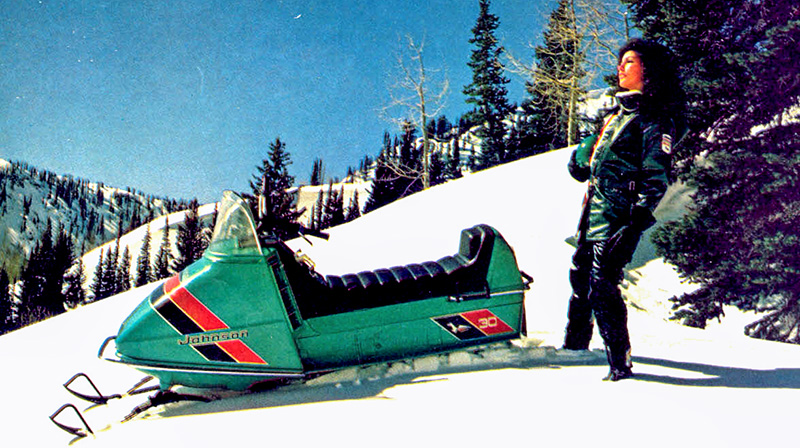
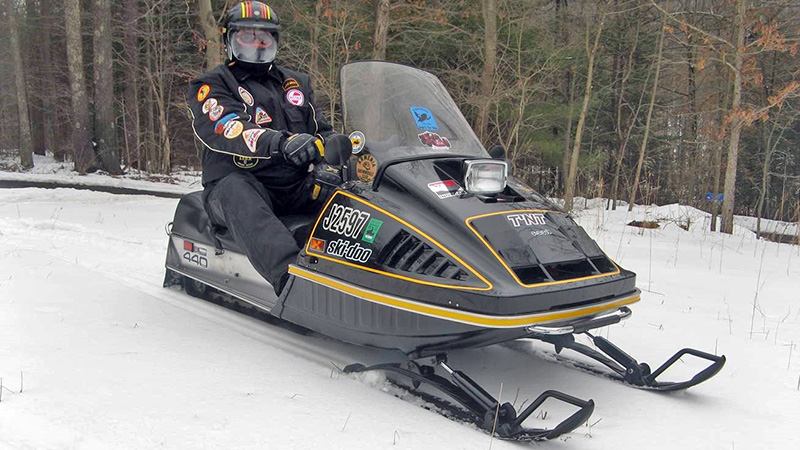
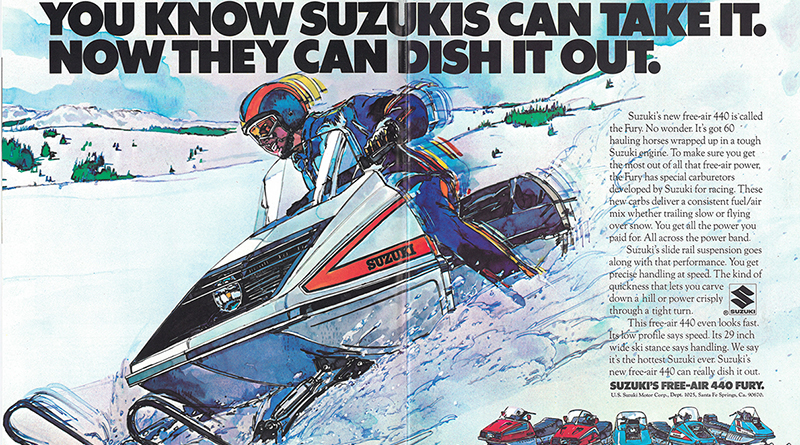

Look how far we have come in 30 years. The 6 inches of suspension travel that was a big deal then, is laughable now. Only the Storm had EFI which is commonplace now. And nowadays it is much more difficult to blow a sled up 🙂 Bit the old sleds were easier to work on for sure.
RXL was EFI, not the Storm